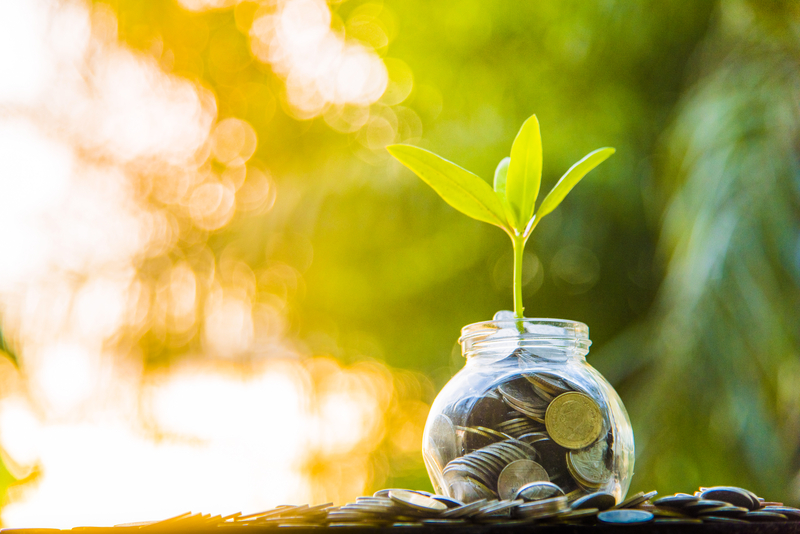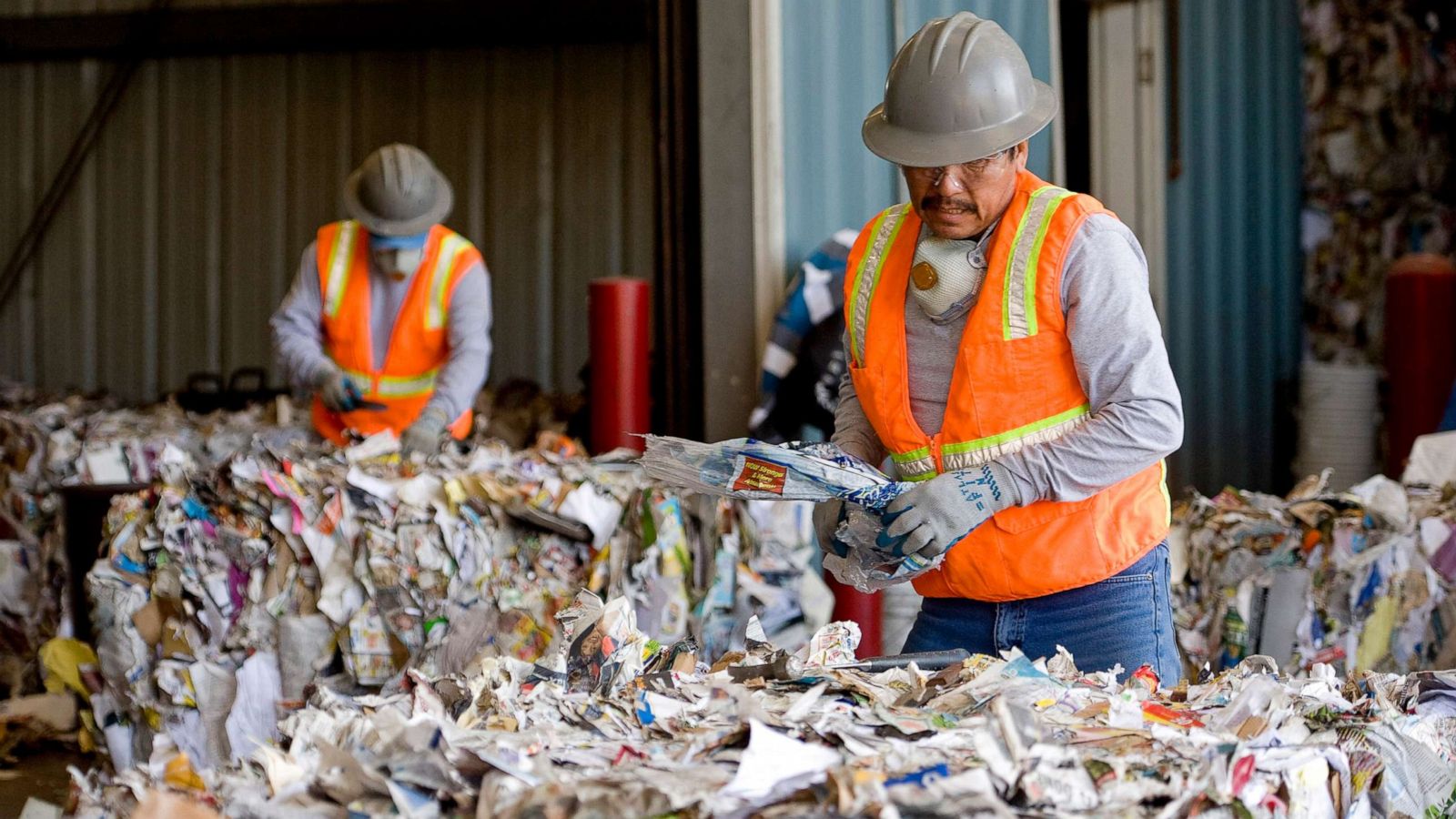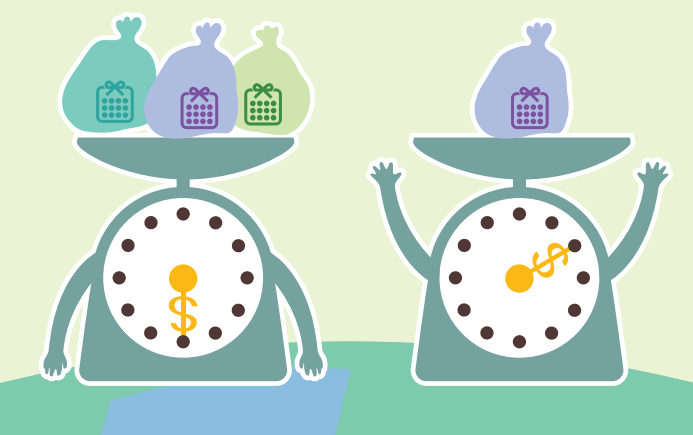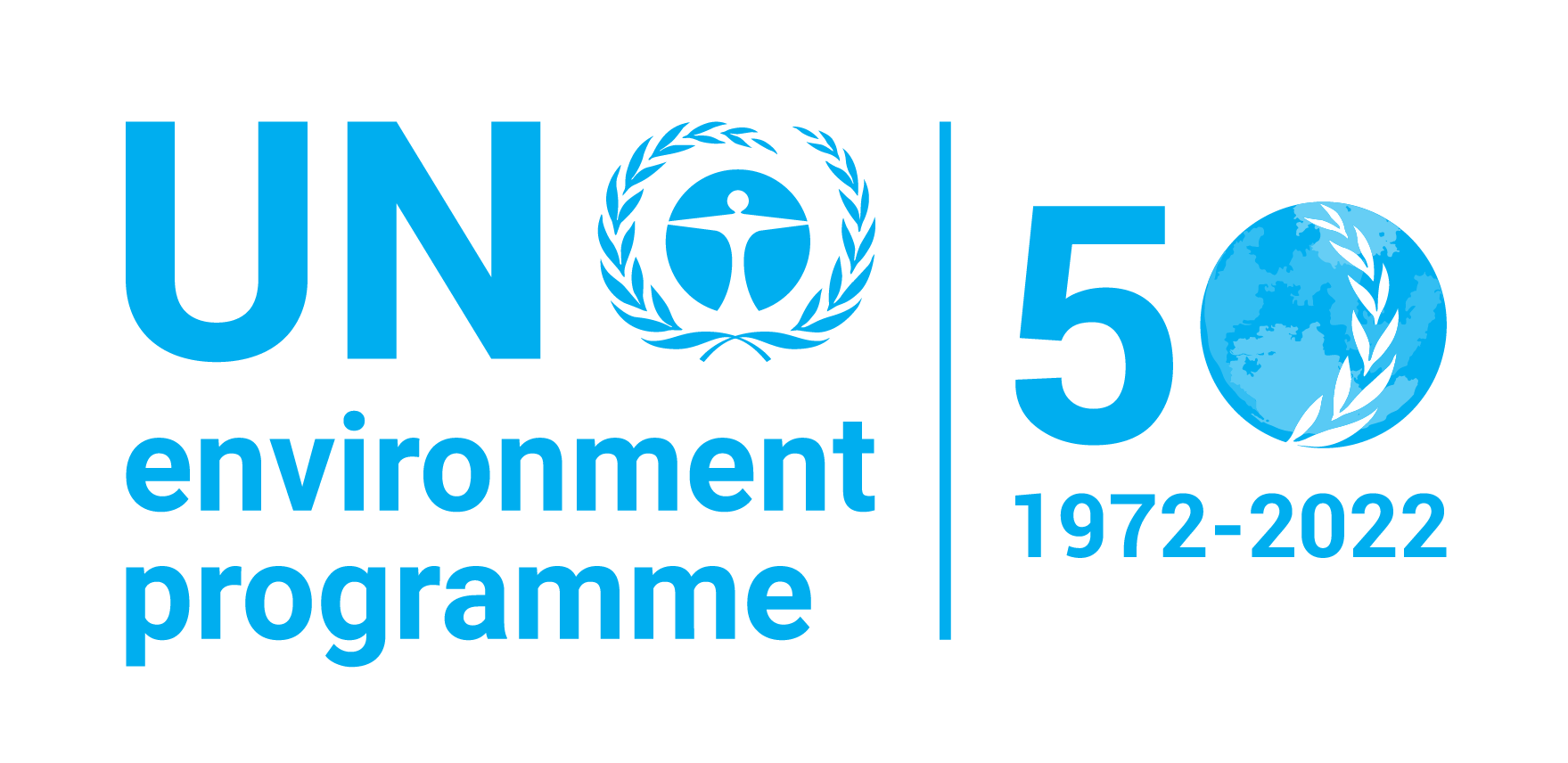Circular Economy
Urbanization is accelerated in many countries in Asia by many factors e.g. economic opportunity, and access to basic infrastructure including health and communications. More than half of the next 1.6 billion world urbanites through 2040, forecasted by United Nations, will come from Asia. However, urban areas and lifestyles of residents are currently contaminating natural resources and its environment. High number of environmental footprints are being generated, including pollution, greenhouse gases and various type of waste. Natural resources are being depleted due to over extraction and exploitation to maintain socioeconomic activities in the cities. Trade-off between quality of life, amenities and depletion of natural resources becomes a new focus for urban development plan. Circular economy approach is expectantly anticipated to be a solution to run sustainable cities. It employs reuse, sharing, repair, refurbishment, remanufacturing and recycling with intention to keep materials in consumption and production systems in order to close product loop. Applying circular economy in the city context aims at reducing negative impacts on the environment especially through extraction process and improving recycling rate as an integral solution to the waste management process. Gradually, the circular economy approach has shown an impressive momentum of resource efficiency improvement and pollution reduction via sustainable consumption and production. Business trend is shifting toward circular model which strives for reducing materials and resources extraction, retaining service life of current products through refurbishment or remanufacture and recycling the products to close its loop. Innovative technology is designed to help the business to collect, monitor and analyse data. It also enhances connectivity and knowledge sharing around the world. Although it is hard to acquire financial resources to mainstream the business due to new unpredictable risks and the fact that many of the businesses are start-ups without previous financial history for conventional financing borrowing, the players in financing sector are cooperating to launch new product targeting on an emerging demand for circular economy business. Policymakers in various industries are also trying to create a regulatory and enabling environment which help to speed up this transition which can be accelerated by innovative policies and incentive programme. Mintz, the Partner/Financial Adviser at Common Interests.
Business Model for Circular Economy
The biggest issue of linear business model is that valuable materials is treated as waste at the end of consumption and production process. In a way, materials are made with short lifecycle and their end-of-life is insufficiently recognised. Negative impacts occur from energy and water consumption for material extraction and production process to emissions generated from landfilling. Circular business model is believed to be a solution. The model strives for reducing materials and resources extraction, retaining service life of current products through refurbishment or remanufacture and recycling the products to close its loop. This innovative model also helps companies to save costs as they can now acquire cheaper raw materials, dispose less waste and use less energy. Many companies have already practicing circular economy in their strategies. Their products as well as services are redesigned and restructured, resulting in new business model such as product leasing instead of physical selling. Case studies from the companies showed that the circular business model can reduce negative impact while at the same time generating greater efficiency in supply chains and operation. Trend of circular product is expected to continue growing as consumer behaviour is now shifting toward environmental concern. The examples of business model in circular economy can be found as below.

Technology for promoting circular technology
Technological innovation plays a significant role in assisting the companies to turn circularity. Technology helps accelerate the process starting from collecting and analysing data to understand the state and trends, to actual improved production process and business model operation and optimising infrastructure in order to bring products and materials into the economy loop. The GeSI (Global Enabling Sustainability Initiative) have identified seven distinct types of digital technology which represent critical digitalisation influence on the world as digital access, cloud, cognitive, blockchain, fast internet, IoT and digital reality. Apart from collecting, monitoring and analysing data, technology innovation is also responsible for connecting people and augment network to improve information flow and knowledge sharing. The examples of technology in circular economy can be found as below.

Financial Mechanism to enhance uptake of Circular Economy
Financial mechanism is one of the major keys to shift business and economy from linear to circular model. Although the circular business is receiving more and more interest, it is still difficult for interested entrepreneur to access sustainable financial support. The circular business financing is generally having a long payback period, therefore requires more working capital and collateral. Its close loop increases dependence between suppliers as the resources are reused again and again in the loop. In case of rental products, the entrepreneur would become more dependent on customers since the rent service is profited from rent and maintenance fee. These new complex risks of the business operations resulted in accounting and legal challenges and costs. However, they can be considered as a good opportunity for financial institutions to launch new product targeting on an emerging demand for circular economy business. It is important for the financial institutions to understand the concept of Circular Economy and re-evaluate its risk assessments and evaluation criteria to meet customer's changing needs in order to stay competitive in financial market. The examples of financial mechanism in circular economy can be found as below.

Enabling policies to foster Circular Economy
Circular economy is considered as a significant opportunity for governments to transit towards low-carbon growth. Policymakers need to create policy and regulation enabling environment that help to accelerate circular transition. The implementation tools should provide a framework for implementing initiatives throughout the product life cycle, starting from design, manufacturing, retail until end-of-life-disposal. The tools should also encourage and incentivize producer and consumer to be more responsible and aware of environmental issues. Circular economy approaches will provide long-term economic, social, and environmental benefits to the countries. The transition will create jobs, robust the economy, maximise resources value as well as reducing waste. However, there is no blanket solutions for approaching the circular economy. Effective circular economy policy requires co-operation of many policy interventions. Sectoral analysis, inter-ministerial collaboration and multi-stakeholder consultation are crucial to achieve the circular goals. The examples of policy in circular economy can be found as below.

Incentivizing Circular Economy
Public and private sectors have been working together for a long time, aiming to find efficient implementation mechanisms to boost up circularity. As the circular economy transition involves variety of stakeholder groups, incentivize is a powerful and appealing tool for accelerating circular economy transition. The incentive would motivate individuals and companies to take circular economy concept into their consumption and production patterns and business model. Apart from fiscal policy, the incentive can also be encouraged through various channels such as education, technology, institutional or market condition. The encouragement would provide knowledge and raise awareness of benefit and the need for circularity while at the same time facilitate the circularity transition through sectors collaboration and framework and regulatory enforcement. Still, some incentives contain both positive and negative influences within themselves, e.g. waste fee can reduce amount of waste but opting out would lead to extra cost for individual. It is important for the policymakers and companies to carefully balance those outcomes. The examples of incentive in circular economy can be found as below.

External Links Disclaimer
The information provided in this site is for general information purposes only. The site may contain links to other websites or content belonging to or originating from third parties or links to websites and features in banners or other advertising. Such external links are not investigated, monitored, or checked for accuracy, adequacy, validity, eligibility, availability, or completeness by us. WE DO NOT WARRANTY, ENDORSE, GUARANTEE, OR ASSUME RESPONSIBILITY FOR THE ACCURACY OR RELIABILITY OF ANY INFORMATION OFFERED BY THIRD-PARTY WEBSITES LINKED THROUGH THE SITE OR ANY WEBSITE OR FEATURE LINKED IN ANY BANNER OR OTHER ADVERTISING. WE WILL NOT BE A PARTY TO OR IN ANY WAY BE RESPONSIBLE FOR MONITORING ANY TRANSACTION BETWEEN YOU AND THIRD-PARTY PROVIDERS OF PRODUCTS OR SERVICES.

